| Columns Retired Columns & Blogs |
PMC DB1i loudspeaker Measurements
Sidebar 3: Measurements
The quasi-anechoic measurements were all performed using DRA Labs' MLSSA system and a calibrated DPA 4006 microphone. The PMC DB1i's voltage sensitivity is specified as 87.0dB/2.83V/m; my estimate of this was 86.5dB(B)/2.83V/m, which is within experimental error of the specification. The PMC's impedance remains above 7 ohms for almost the entire audioband, dropping to a minimum of 6.3 ohms at 250Hz (fig.1). Though the electrical phase angle is occasionally high, this is always when the impedance is also high, thus minimizing any drive difficulty. This speaker will work well with the kind of low-powered amplifiers MF used for his auditioning.
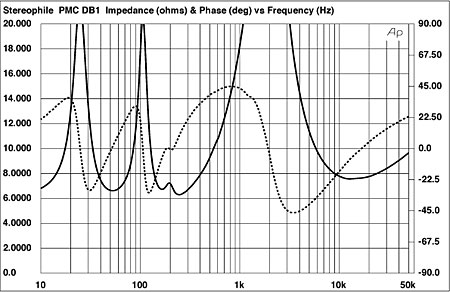
Fig.1 PMC DB1i, electrical impedance (solid) and phase (dashed). (5 ohms/vertical div.)
The impedance traces are free from the small wrinkles and discontinuities that would suggest the presence of cabinet-panel resonances, but there is an unusual peak at 195Hz. When I looked at the cabinet panels' vibrational behavior with a plastic-tape accelerometer, there was nothing untoward happening at 195Hz, but a low-level mode at 120Hz was apparent on the sidewall, as were some higher-level modes in the midrange (fig.2). Given the small radiating area of the PMC's panels and the high frequency of more prominent modes, it is unlikely that these will have any effect on the speaker's sound quality.

Fig.2 PMC DB1i, cumulative spectral-decay plot calculated from output of accelerometer fastened to center of side panel (MLS driving voltage to speaker, 7.55V; measurement bandwidth, 2kHz).
Though the DB1i is specified as being a transmission line, the twin low-frequency peaks in its impedance-magnitude trace, and the saddle between them centered between 50 and 60Hz, are no different from what would be found in a reflex design. The response of the woofer, measured in the nearfield (fig.3, blue trace), does indeed feature the sort of minimum-motion notch at the frequency of the impedance saddle that is typical of a reflex design. In a true transmission line, the vent output is in-phase with that of the line-terminated woofer; by contrast, the output of the PMC DB1i's vent is in opposite polarity to that of the woofer, again typical of reflex behavior. However, this vent doesn't behave exactly like a reflex port; there is not really a peak at the woofer's minimum-motion notch, and in fact its output, measured in the nearfield (fig.3, green trace), peaks between 80 and 220Hz. There is also a notch in the woofer's output at the same frequency as the vent's maximum output. The vent's upper-frequency rolloff is smooth and free from resonant spikes, however. Higher in frequency in fig.3, the woofer has a sharply defined step in its output at 1.2kHz, before crossing over to the tweeter (red trace) just below the specified 2kHz.
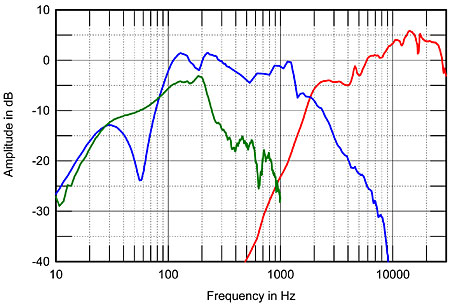
Fig.3 PMC DB1i, acoustic crossover on tweeter axis at 50", corrected for microphone response, with nearfield responses of woofer (blue) and port (green) plotted below 350Hz and 1kHz, respectively.
Fig.4 shows how these individual outputs sum in the farfield. The little PMC peaks up sharply in the region where the vent output is highest, though there is a notch apparent at 200Hz, this presumably due to the vent and woofer being in opposite acoustic polarity at this frequency. The vent doesn't reinforce the DB1i's low-frequency output to any significant extent, the response rolling off steeply below 100Hz. However, this is a quasi-anechoic measurement—I note that Michael Fremer did find the speaker to offer better bass extension in-room (see below). Other than that response step at the top of the midrange, which I would have expected to add a touch of nasal coloration, the PMC's response is fairly smooth and even from 250Hz to 5kHz. The output is boosted in the top two octaves; though MF did feel there to be some degree of high-frequency exaggeration, he felt it lay below this range.
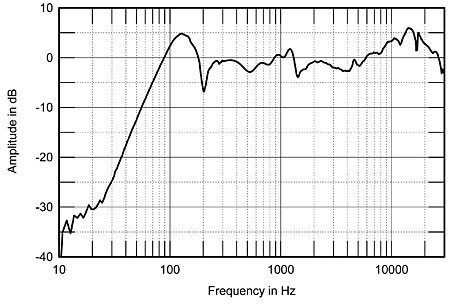
Fig.4 PMC DB1i, anechoic response on tweeter axis at 50", averaged across 30° horizontal window and corrected for microphone response, with complex sum of nearfield responses plotted below 300Hz.
The DB1i's plot of lateral dispersion (fig.5) reveals a wide and even radiation pattern, with only a slight touch of off-axis flare in the bottom octave of the tweeter's passband. The output above 10kHz falls off rapidly to the speaker's sides, which might ameliorate the exaggerated on-axis response in the same region. In the vertical plane (fig.6), a suckout develops in the crossover region more than 15° above and below the tweeter, meaning that the PMC is fairly uncritical regarding exact listening axis.

Fig.5 PMC DB1i, lateral response family at 50", normalized to response on tweeter axis, from back to front: differences in response 90–5° off axis, reference response, differences in response 5–90° off axis.

Fig.6 PMC DB1i, vertical response family at 50", normalized to response on tweeter axis, from back to front: differences in response 45–5° above axis, reference response, differences in response 5–45° below axis.
Fig.7 shows my usual spatially averaged response for the PMC DB1is in MF's room. Michael placed the speakers near the corners of his room, which will reinforce the midbass; as he reports, the speakers extended down to about 50Hz, with a steep rolloff below that. The upper midrange is a little higher in level than the lower midrange. Even with the increasingly absorptive effect of the room furnishings in the top two octaves and the more directional nature of the speaker above 10kHz, the PMC's in-room response reveals an overabundance of upper-frequency energy. (I noticed this in my own auditioning of the PMCs in MF's room, in addition to a slightly congested quality in the upper bass; the latter correlates with Michael's description of the speaker's sonic idiosyncrasies in this region.)
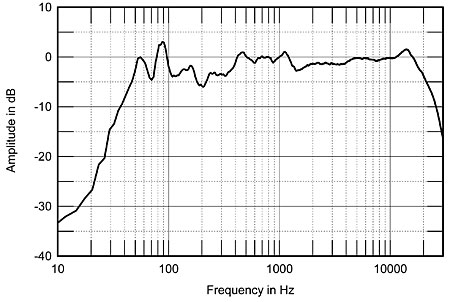
Fig.7 PMC DB1i, spatially averaged, 1/6-octave response in MF's listening room.
In the time domain, the DB1i's step response on the tweeter axis (fig.8) confirms that the two drive-units are connected in the same positive acoustic polarity. The slight discontinuity as the tweeter hands off to the woofer suggests that the optimal listening axis will be just below the tweeter axis. Some gentle undulations are visible in the decay of the woofer's step, and the cumulative spectral-decay plot (fig.9) reveals some delayed energy associated with the response step in the upper midrange. I suspect that this is what was bothering MF when he wrote that the only high-frequency coloration he consistently noticed "was what sounded like a narrow presence-region boost that added a delicate glisten, not fatigue-inducing brightness." Otherwise, this waterfall plot is quite clean.
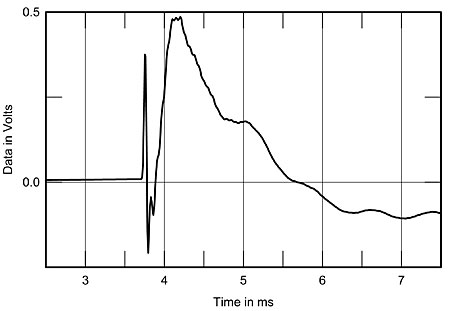
Fig.8 PMC DB1i, step response on tweeter axis at 50" (5ms time window, 30kHz bandwidth).
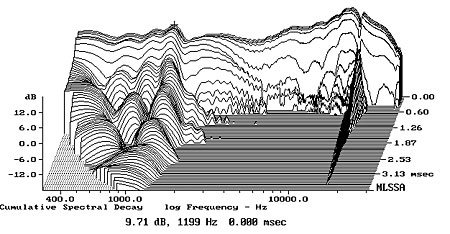
Fig.9 PMC DB1i, cumulative spectral-decay plot on tweeter axis at 50" (0.15ms risetime).
Obviously, some excellent engineering has gone into the PMC DB1i. However, as with other transmission-line designs we have reviewed, it remains unclear to me what sonic benefit is gained by the increase in system complexity.—John Atkinson
- Log in or register to post comments




































